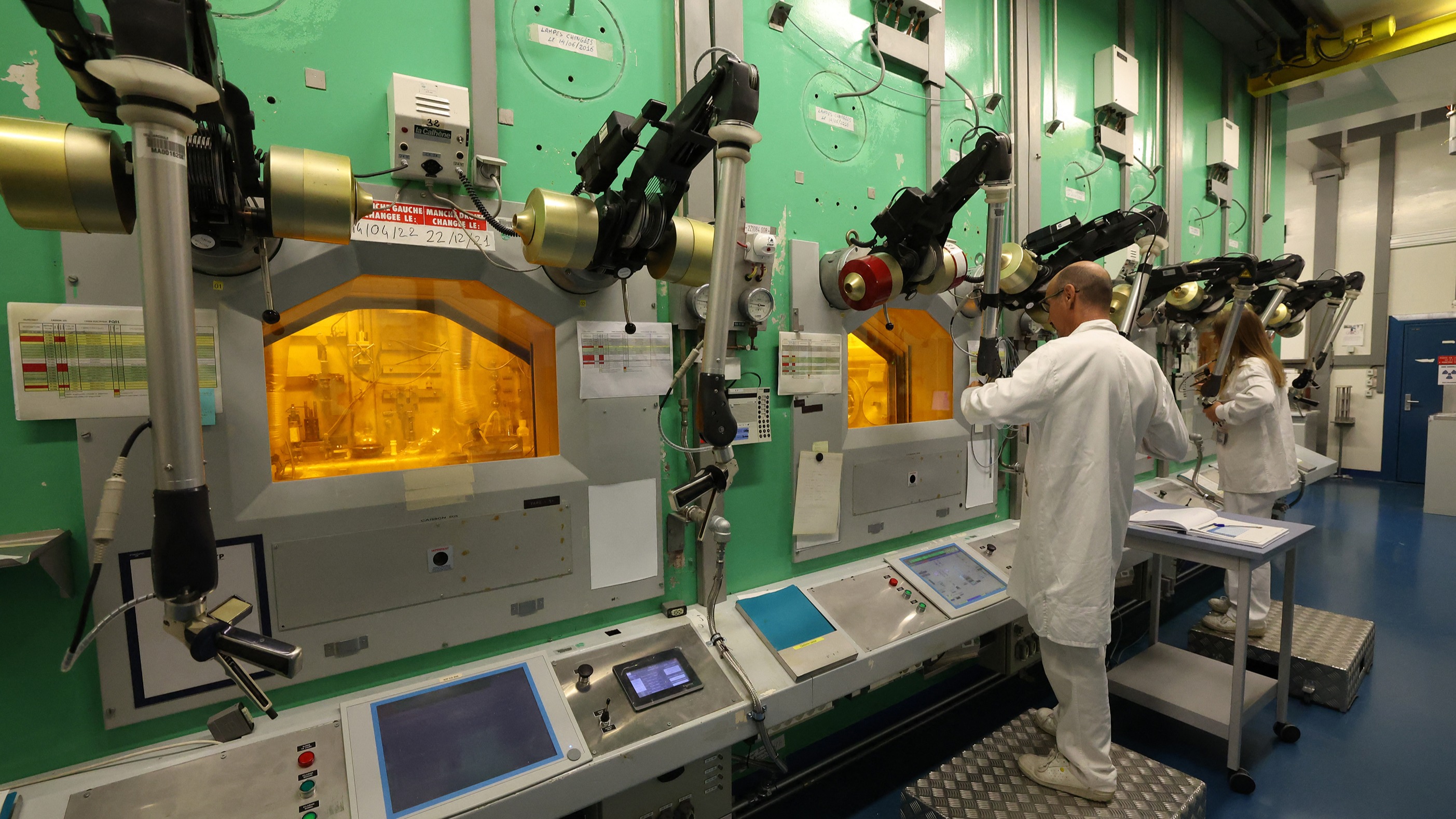Report on Meta’s AI Division Restructuring and its Alignment with Sustainable Development Goals
Meta Platforms, Inc. is undertaking a significant strategic reorganization within its artificial intelligence (AI) division. This report analyzes the restructuring, its operational drivers, and its implications for several key United Nations Sustainable Development Goals (SDGs), particularly SDG 8 (Decent Work and Economic Growth) and SDG 9 (Industry, Innovation, and Infrastructure).
Strategic Realignment for Enhanced Innovation (SDG 9)
The core objective of the reorganization is to accelerate innovation and enhance operational agility, directly contributing to the targets of SDG 9. The company identified its previous structure as excessively bureaucratic and slow, hindering progress in the competitive AI landscape.
- Fostering Innovation: The restructuring aims to create smaller, more agile teams, empowering employees with greater freedom and impact. This approach is designed to accelerate decision-making and the development of advanced AI models.
- Infrastructure Investment: Despite job cuts in some areas, Meta continues to invest heavily in its AI infrastructure, including the TBD Lab, which is dedicated to developing super-intelligent AI systems. This aligns with SDG 9’s goal of upgrading infrastructure and fostering technological advancement.
- Consolidation of Research: Research projects from the Fundamental AI Research (FAIR) group will be integrated into the TBD Lab’s larger model runs, consolidating resources to accelerate experimental and long-term research initiatives.
Impact on Employment and Economic Growth (SDG 8)
The restructuring presents a complex scenario when viewed through the lens of SDG 8, which promotes sustained, inclusive, and sustainable economic growth, full and productive employment, and decent work for all.
- Job Reductions: Approximately 600 positions will be eliminated across the AI division, affecting the FAIR research group, product-focused teams, and the infrastructure department. This action directly conflicts with the goal of ensuring full and productive employment.
- Shift in Labor Demand: While reducing staff in some areas, Meta continues to hire for its TBD Lab. This indicates a strategic shift in labor demand towards highly specialized roles focused on next-generation AI, underscoring the importance of advanced skills and lifelong learning (related to SDG 4: Quality Education).
- Internal Mobility: The company has encouraged affected employees to apply for other internal roles, acknowledging that their knowledge and experience are valuable. This measure represents an effort to mitigate the negative impacts of the layoffs and retain talent within the organization, supporting the principles of decent work.
Corporate Governance and Financial Sustainability (SDG 8 & SDG 16)
The reorganization also reflects considerations of financial sustainability and corporate governance, which are crucial for long-term economic viability and stable institutions.
- Investor Concerns: The strategic shift follows a period of intensive investment, including a $14.3 billion investment in Scale AI and high-cost talent acquisition, which raised investor concerns over capital expenditures. The restructuring can be seen as a measure to ensure more efficient and sustainable use of capital.
- Institutional Effectiveness: According to an internal memo, the reorganization is intended to create a more effective and accountable internal structure. This pursuit of efficiency aligns with SDG 16 (Peace, Justice, and Strong Institutions), which includes the development of effective, accountable, and transparent institutions at all levels.
SDGs Addressed in the Article
SDG 8: Decent Work and Economic Growth
- The article directly addresses issues of employment by discussing significant job cuts. The statement that “Approximately 600 jobs will be lost in the company’s AI division” highlights the negative impact on decent work and employment stability for a segment of the workforce. This corporate restructuring, while aimed at long-term economic growth for the company, creates immediate job insecurity, which is a core concern of SDG 8.
SDG 9: Industry, Innovation, and Infrastructure
- The article is fundamentally about a major corporation’s strategy to advance its technological capabilities in the field of artificial intelligence. It details massive investments in innovation, such as the “$14.3 billion in the AI company Scale AI” and an increase in “annual capital expenditures to approximately $72 billion, partly to finance growing AI investments.” The focus on creating a new research department, the “TBD Lab, which focuses on developing super-intelligent AI systems,” and reorganizing to accelerate research projects directly relates to enhancing scientific research and upgrading technological capabilities within the tech industry.
Specific SDG Targets Identified
Target 8.5: Achieve full and productive employment and decent work for all
- This target is relevant due to the layoffs announced by Meta. The article states that the cuts will affect multiple departments, including the FAIR research group and product-focused AI teams. The loss of 600 jobs is a direct contradiction to the goal of achieving full and productive employment. While the article mentions that affected employees are “encouraged to apply internally,” this does not negate the initial job loss and the disruption to their employment status.
Target 9.5: Enhance scientific research and upgrade technological capabilities
- This target is clearly identified through the article’s focus on Meta’s strategic reorganization to bolster its AI research and development. The text describes a concerted effort to “focus more strongly on AI products and infrastructure” and to develop “more powerful AI models that could eventually lead to true superintelligence.” The creation of the TBD Lab and the plan to “integrate and scale up many of FAIR’s research projects” are explicit actions aimed at enhancing scientific research and upgrading the company’s technological capacity, which aligns perfectly with this target.
Indicators for Measuring Progress
Indicators for SDG 8
- The article provides a direct, quantifiable indicator related to employment loss. The specific figure of **”Approximately 600 jobs will be lost”** serves as a direct measure of the negative impact on employment within the company’s AI division. This number can be used to track changes in employment levels within this specific sector of the tech industry.
Indicators for SDG 9
- The article implies several indicators that can measure progress towards enhancing research and innovation through financial investment and resource allocation. These include:
- **Private sector investment in R&D:** The article provides concrete figures, such as the **”$14.3 billion”** investment in Scale AI and the increase in annual capital expenditures to **”approximately $72 billion”** to finance AI investments. These figures serve as direct indicators of private R&D spending.
- **Human resources in R&D:** The mention of Meta having “hired dozens of researchers and engineers from OpenAI, Google, Apple, xAI, and Anthropic” is an indicator of the company’s efforts to increase the number of personnel dedicated to research and development.
Summary Table of SDGs, Targets, and Indicators
| SDGs | Targets | Indicators |
|---|---|---|
| SDG 8: Decent Work and Economic Growth | Target 8.5: Achieve full and productive employment and decent work for all. |
|
| SDG 9: Industry, Innovation, and Infrastructure | Target 9.5: Enhance scientific research, upgrade the technological capabilities of industrial sectors. |
|
Source: techzine.eu







